Essex-based Digital Marketing Agency providing services like SEO, Content Marketing, Social Media Management, Web Design & Development, Video Editing, Branding, UI/UX & Email Marketing
WEB
Development
Marketing Services
Graphic Design
Packages
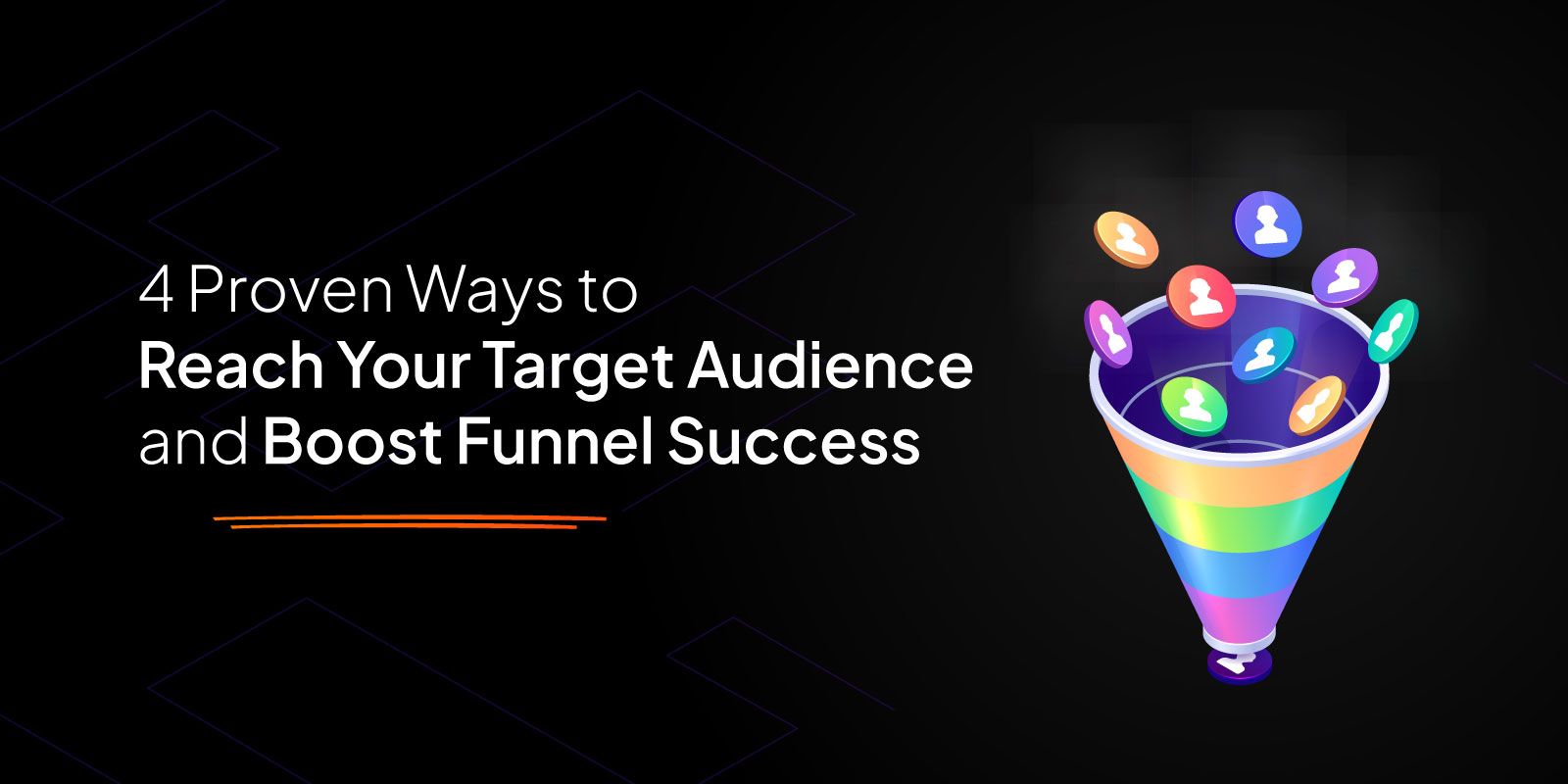
Do you ever wonder why some marketing funnels effortlessly generate leads, sales, and loyal customers, while yours feels like it’s spinning its wheels? It’s not about throwing more money at ads or flooding social media with posts. It’s about truly understanding your target audience and knowing who they are, what they want, and how they make decisions. And then aligning your funnel strategy to meet their needs at every step.
In this blog, you’ll learn how to identify your target audience, segment them effectively, guide them through a strategic funnel, and personalise every touchpoint to dramatically increase your chances of conversion.
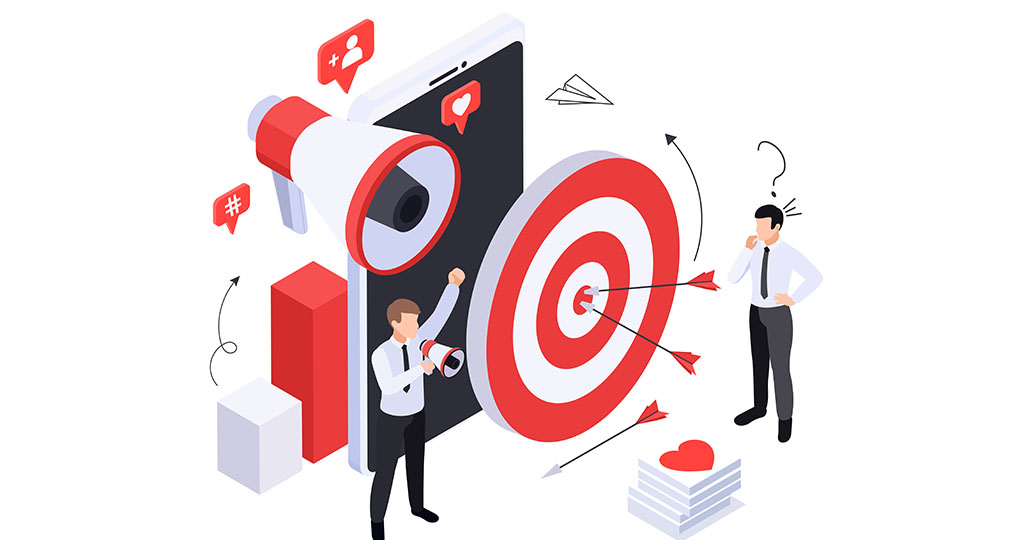 No matter how great your product is, or how perfect your funnel looks, it won’t work if it’s aimed at the wrong people. You could spend thousands on meta ads, write brilliant emails, or post viral content but if the audience is not right, your results will fall flat.
No matter how great your product is, or how perfect your funnel looks, it won’t work if it’s aimed at the wrong people. You could spend thousands on meta ads, write brilliant emails, or post viral content but if the audience is not right, your results will fall flat.
When you know exactly who your ideal customers are, you can:
Your funnel might look perfect on paper, but it won’t deliver results. Awareness of who you’re actually talking to is the first and most critical step toward a funnel that consistently converts.
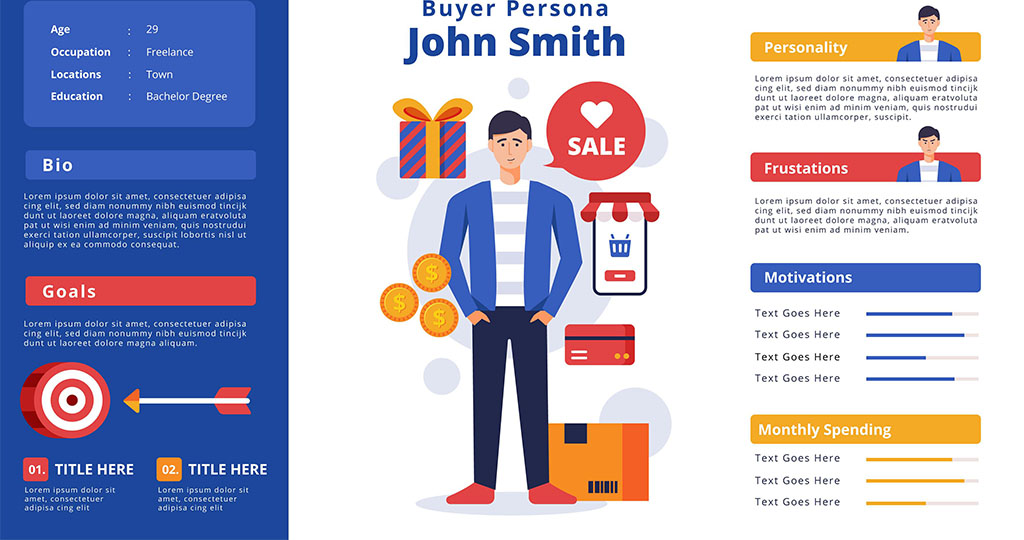 A buyer persona is a strategic blueprint of your ideal customer. When done right, a buyer persona becomes your guide for every decision in your marketing funnel.
A buyer persona is a strategic blueprint of your ideal customer. When done right, a buyer persona becomes your guide for every decision in your marketing funnel.
Buyer personas directly impact your funnel’s effectiveness:
Without a clear persona, your funnel risks being generic, irrelevant, or ignored.
Follow these steps to build a persona that actually drives results:
Update your personas regularly. Customer behaviour evolves, and staying in tune ensures your funnel continues to perform at its best.
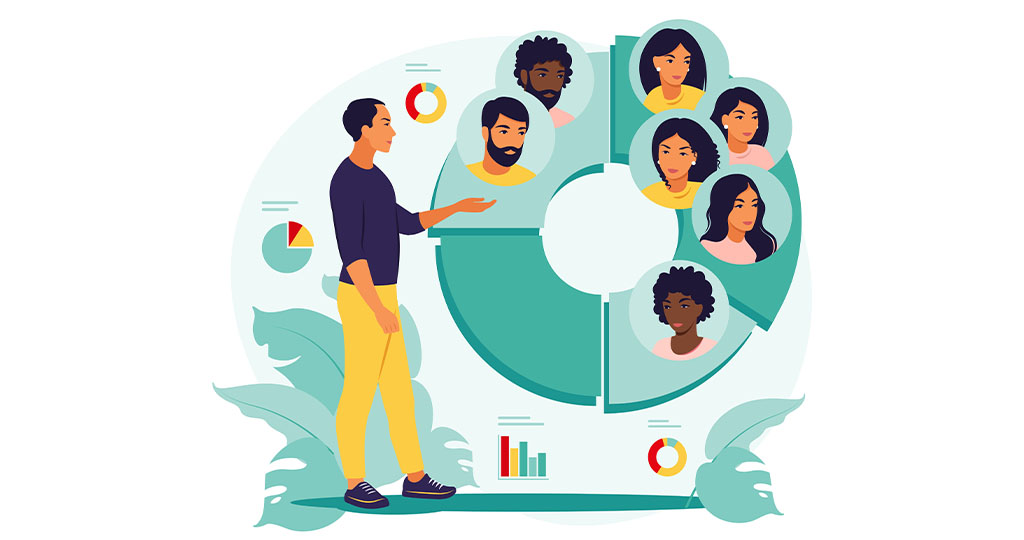 Segmentation is about moving beyond a single, generic audience and understanding that different groups behave differently. Recognising these differences allows you to design funnels that speak to each group in a way that drives real results.
Segmentation is about moving beyond a single, generic audience and understanding that different groups behave differently. Recognising these differences allows you to design funnels that speak to each group in a way that drives real results.
Delivers the right message at the right time: Not every prospect is ready to buy immediately. Some need education, others need reassurance, and some respond best to exclusive offers. Segmentation ensures each group receives messaging that matches their stage and mindset.
Increases conversions across the funnel: When your offers match with your target audience’s specific needs, prospects are more likely to move from awareness to action.
Supports smarter testing and optimisation: By tracking how each segment responds, you can refine messaging, content, and offers for maximum impact.
Example:
Imagine you run a software company. By segmenting your target audience:
Each group gets a customised funnel designed to move them efficiently toward the next step which reduces drop-offs and boosts revenue.
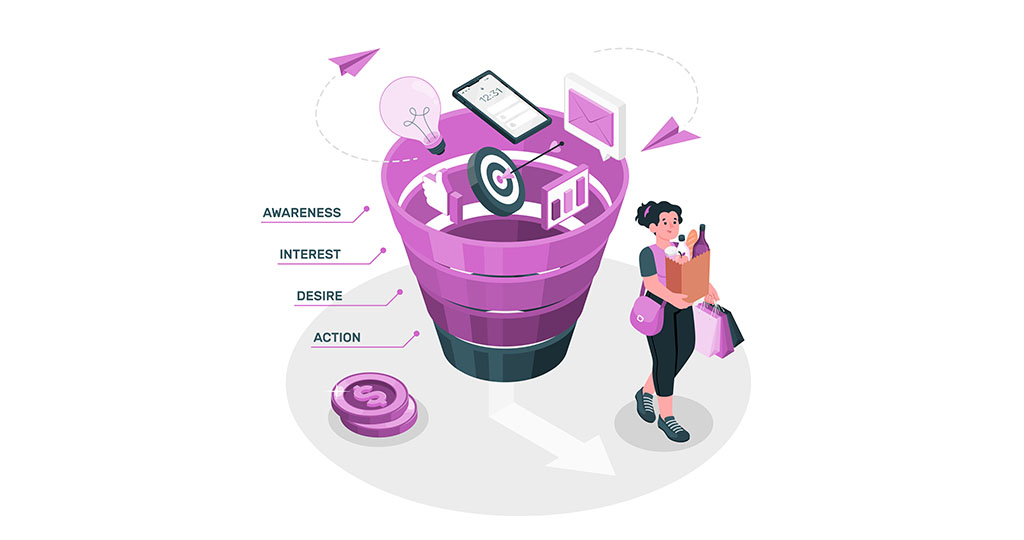 Your funnel is a guided path your audience takes from first hearing about you to making a purchase. The difference between a mediocre funnel and a high converting one is understanding this journey in detail and removing friction at every stage.
Your funnel is a guided path your audience takes from first hearing about you to making a purchase. The difference between a mediocre funnel and a high converting one is understanding this journey in detail and removing friction at every stage.
List the Key Stages: While funnels can vary, most buyers move through:
Identify Audience Questions and Barriers: For each stage, ask:
Align Content to Each Stage: Provide the exact type of content that helps them progress:
Visualise the Flow: Create a simple map showing touchpoints and interactions at each stage. This helps you see gaps and optimise the sequence.
Mapping your audience journey is the blueprint for turning casual visitors into loyal customers.
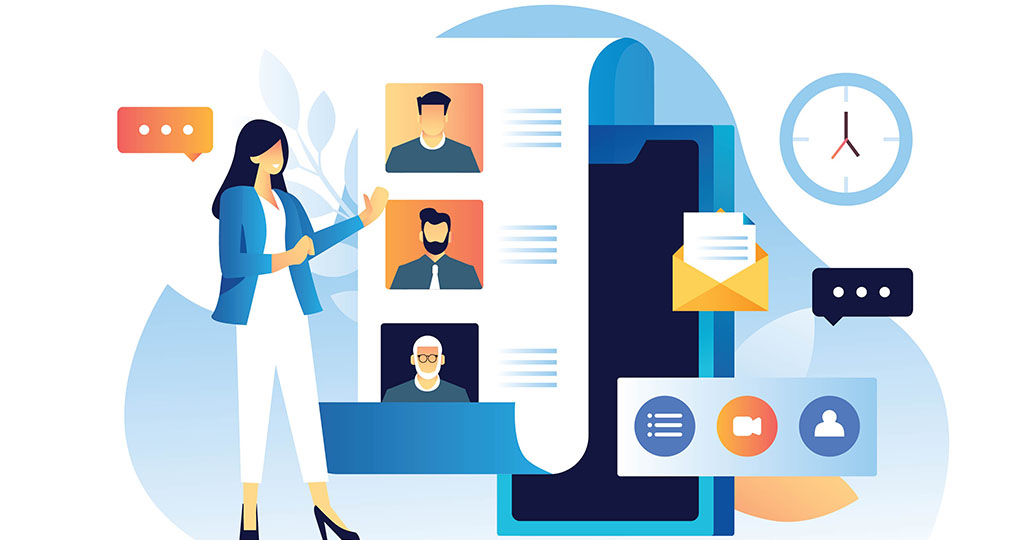 Generic messages rarely convert because people want to feel seen and understood.
Generic messages rarely convert because people want to feel seen and understood.
How to personalise your funnel:
Example:
Instead of: “Check out our software.”
Say: “Sarah, here’s how our tool can save you 5 hours a week managing marketing tasks.”
This small shift increases engagement and encourages your target audience to move further down the funnel.
Even the best funnel needs monitoring. To know if your audience targeting is working, track key metrics:
Remember, targeting the right audience is an ongoing process. The more you learn about them, the more efficient your funnel becomes.
The most successful funnels are those that speak directly to the right people, at the right time, with the right message. Implement these strategies consistently, monitor performance, and refine your approach and your marketing will stop guessing and start converting.
If you want expert guidance to design high-converting funnels that truly understand your audience, Unified Web Services (UWS) can help. From audience research to funnel mapping and personalised marketing, we create strategies that turn leads into loyal customers.
Get in touch with UWS today and start building a funnel that actually works.